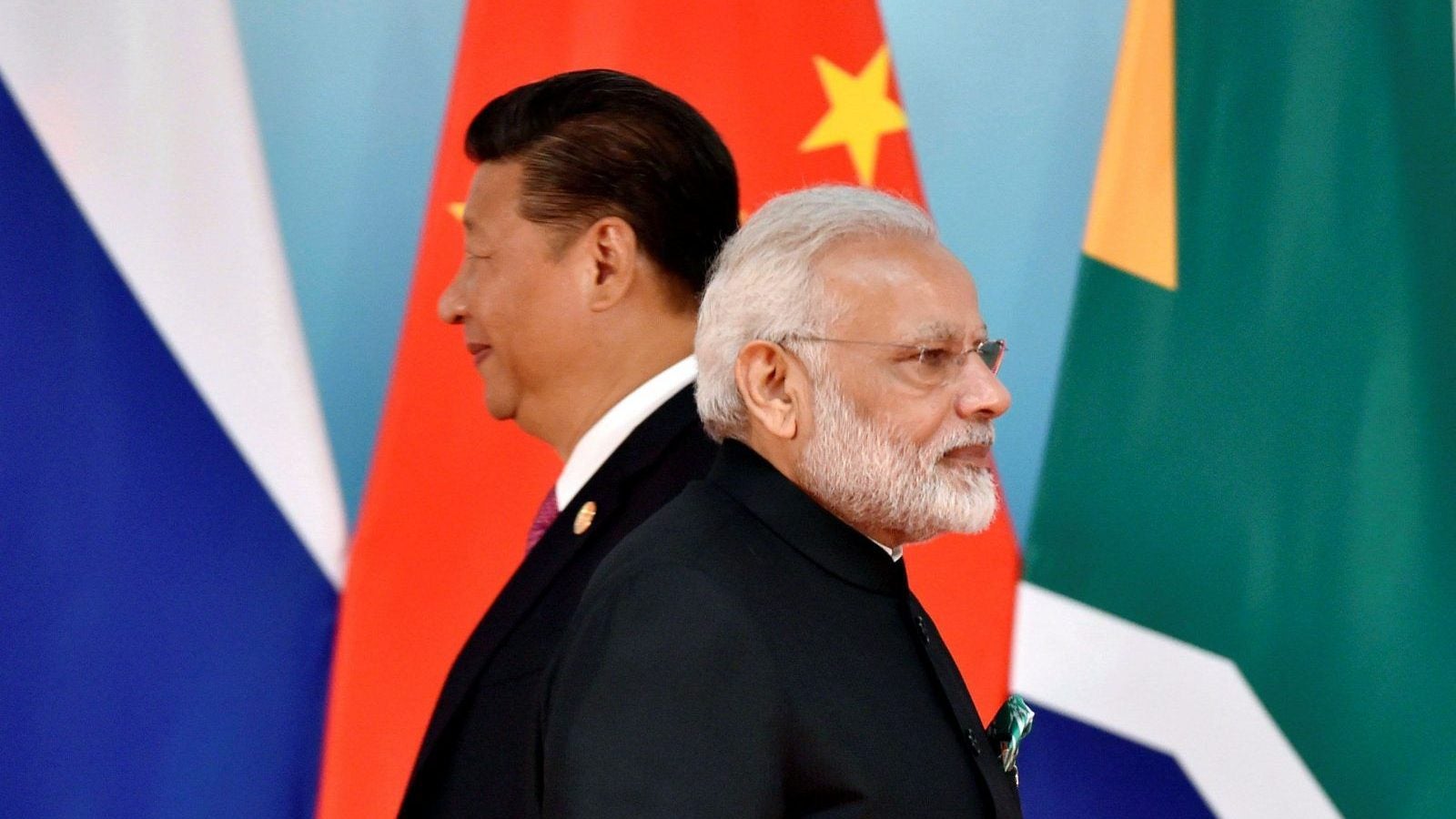China is digging for gold right next to its disputed border with India
China has reportedly commenced a large-scale mining operation near its border along the northeastern Indian state of Arunachal Pradesh, potentially increasing the friction between the two Asian giants.


China has reportedly commenced a large-scale mining operation near its border along the northeastern Indian state of Arunachal Pradesh, potentially increasing the friction between the two Asian giants.
The country is mining for gold, silver, and other precious metals in Lhunze county in southwest China’s Tibet Autonomous Region, according to a report in the South China Morning Post (SCMP). Lhunze falls in what Beijing calls “Southern Tibet,” an area that includes parts of Arunachal Pradesh.
Once home to some 30,000 people, Lhunze has already turned into a mining hub, with thousands of tonnes of ore being shipped out of the area daily. “Extensive power lines and communication networks have been established, while construction is under way on an airport that can handle passenger jets,” the SCMP reported.
“People familiar with the project say the mines are part of an ambitious plan by Beijing to reclaim South Tibet, a sizeable chunk of disputed territory currently under Indian control,” the newspaper added.
This comes at a time when tensions between India and China have begun cooling off, with the Indian prime minister Narendra Modi travelling to Wuhan last month for an informal summit with Chinese president Xi Jinping. As recently as last August, the armies of the two countries were involved in a months-long face-off after Chinese troops entered the Dokhlam region currently claimed by Bhutan.
In the last few years, the Chinese government has invested heavily in building roads and other infrastructure along the Indian border, an initiative that hasn’t gone down particularly well with New Delhi.
China may also have other large infrastructure projects in the pipeline, including a purported plan to build the world’s longest tunnel to carry water from the Brahmaputra river to Xinjiang, an area in the northwestern part of the country. The proposed 1,000 km tunnel could divert water from the Yarlung Tsangpo River in southern Tibet, which turns into the Brahmaputra on entering India.
While the tunnel still remains only a plan, the Lhunze mines are already kicking up dust.